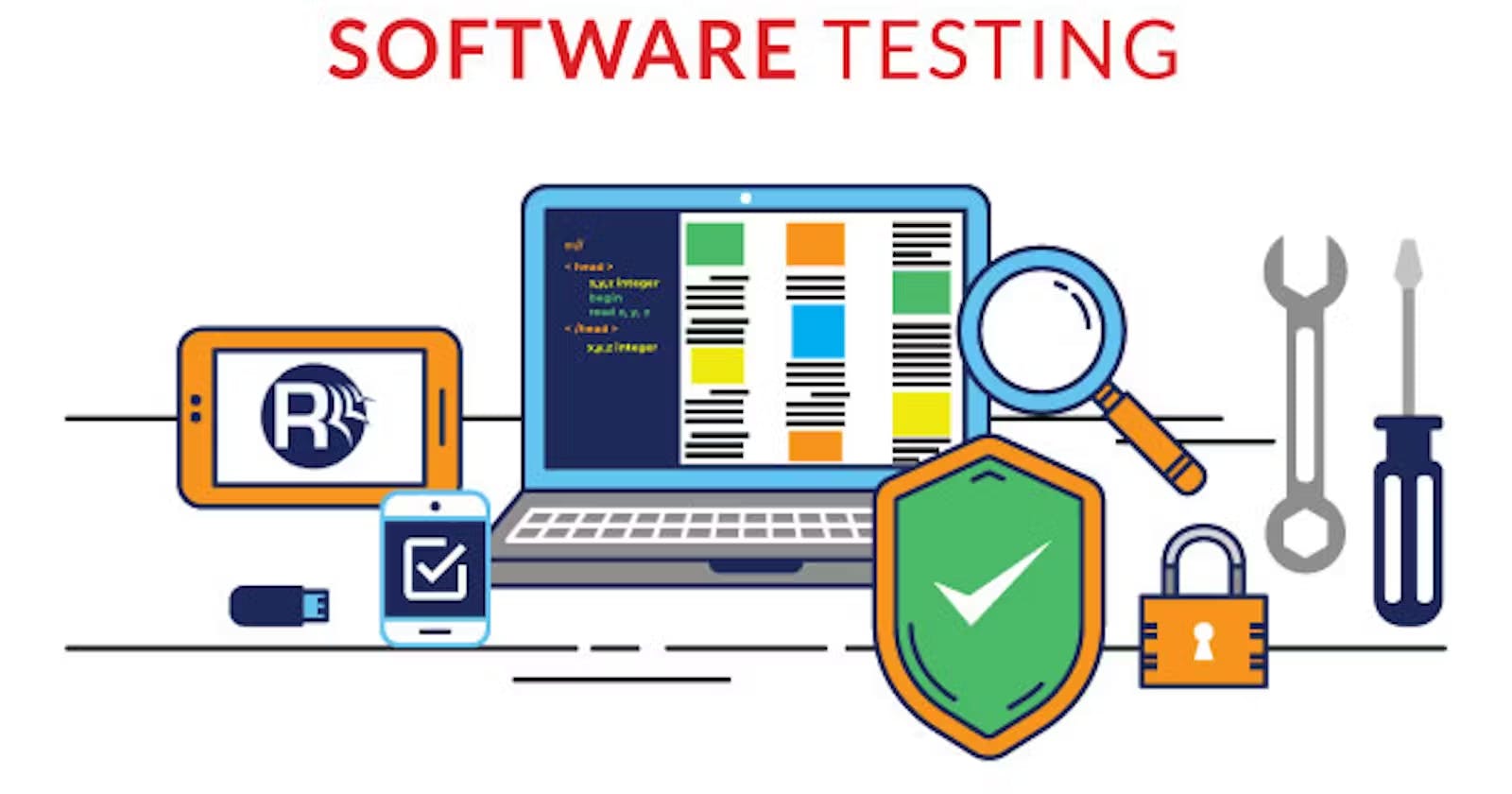In an era where cybersecurity breaches are a constant threat, organizations must go to great lengths to protect their digital assets. One crucial weapon in their arsenal is Penetration Testing, a proactive and systematic approach to identifying and addressing vulnerabilities in computer systems, networks, and applications. In this blog post, we'll take a closer look at what Penetration Testing is, why it's essential, and how it helps organizations secure their digital fortresses.
What is Penetration Testing?
Penetration Testing, often abbreviated as "Pen Testing" or "Ethical Hacking," is a methodical process of probing an organization's digital infrastructure to uncover security weaknesses before malicious hackers can exploit them. It involves simulating cyberattacks to assess the security posture of systems, networks, and applications.
Key Objectives of Penetration Testing:
Vulnerability Discovery: Identify and assess vulnerabilities, security weaknesses, and misconfigurations that could be exploited by attackers.
Risk Assessment: Evaluate the potential impact of vulnerabilities and determine the likelihood of successful attacks.
Security Validation: Confirm whether security controls and defenses are effective in detecting and mitigating threats.
Compliance: Ensure compliance with industry regulations and security standards by addressing identified issues.
The Penetration Testing Process:
Planning: Define the scope and objectives of the penetration test, including the systems, networks, and applications to be tested. Identify potential targets and attack vectors.
Information Gathering: Collect information about the target environment, such as IP addresses, domain names, network configurations, and application details. Reconnaissance is a critical phase in understanding potential attack surfaces.
Vulnerability Scanning: Use automated tools to scan for known vulnerabilities, misconfigurations, and weak points in the target infrastructure. This helps identify low-hanging fruit for attackers.
Exploitation: Ethical hackers attempt to exploit vulnerabilities to gain unauthorized access, escalate privileges, or compromise systems. This phase simulates real-world attacks.
Analysis: Evaluate the impact of successful exploits, the potential for lateral movement, and the scope of compromise. Document findings and assess the overall risk.
Reporting: Prepare a detailed report outlining the findings, including identified vulnerabilities, their severity, and recommendations for remediation. The report helps organizations prioritize and address security issues.
Remediation: The organization's IT and security teams work to remediate the identified vulnerabilities and weaknesses based on the recommendations in the report.
Verification: After remediation, the penetration test is repeated to verify that the vulnerabilities have been effectively mitigated and that the security posture has improved.
Types of Penetration Testing:
Network Penetration Testing: Focuses on identifying vulnerabilities in network infrastructure, including routers, firewalls, and servers.
Web Application Penetration Testing: Evaluates the security of web applications, identifying issues like SQL injection, Cross-Site Scripting (XSS), and broken authentication.
Wireless Penetration Testing: Assesses the security of wireless networks and devices, including Wi-Fi networks and Bluetooth connections.
Social Engineering Testing: Simulates social engineering attacks to assess the organization's susceptibility to manipulation and deception.
Benefits of Penetration Testing:
Proactive Defense: Identifies and mitigates vulnerabilities before they can be exploited by malicious actors.
Risk Reduction: Helps organizations lower their cybersecurity risk and potential financial losses from data breaches.
Compliance: Assists in meeting compliance requirements and security standards.
Enhanced Security Awareness: Raises awareness among employees and stakeholders about the importance of security.
Confidence Building: Provides confidence to customers, partners, and stakeholders that their data is protected.
Challenges in Penetration Testing:
False Positives: Penetration tests may produce false positives, identifying vulnerabilities that do not exist.
Scope Limitations: The scope of a penetration test may not cover all potential attack vectors or systems.
Resource Intensive: Comprehensive penetration testing can be time-consuming and resource-intensive.
In today's interconnected and data-driven world, Penetration Testing is a critical component of an organization's cybersecurity strategy. It serves as a proactive measure to protect against evolving cyber threats and ensures that digital fortresses remain resilient against potential attackers. By embracing ethical hacking and staying one step ahead, organizations can safeguard their digital assets and maintain the trust of their stakeholders.
